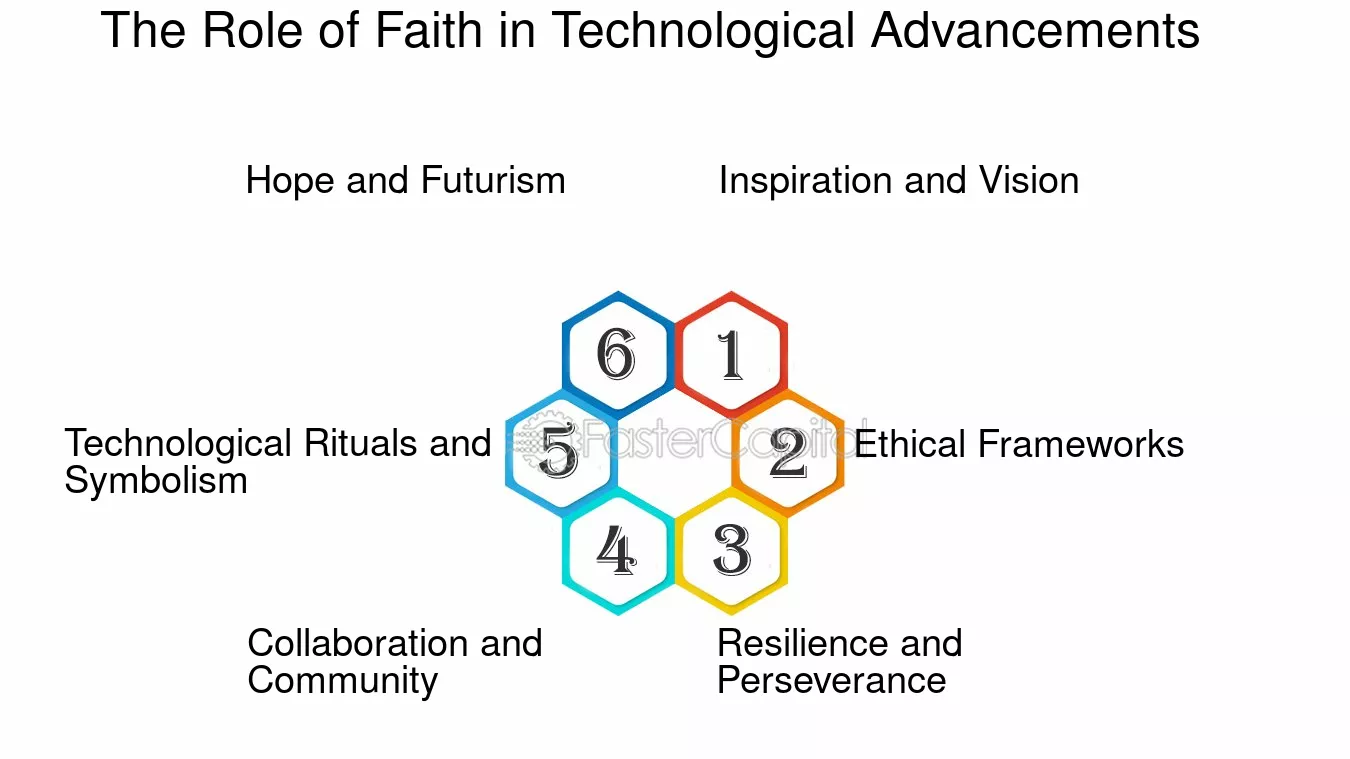Today, technology is transforming almost every human activity, from the way people work and communicate to the way they think, learn, or worship. In matters of religion and faith, technology serves both to strengthen and weaken spiritual beliefs and practices. Whereas technology opens up new avenues for religious expression and connection, it has also thrown up a hurdle that may change traditional forms of worship and personal, spiritual experience.(More)
Reinforcing Faith Through Technology
1. Accessibility of Sacred Content
The most apparent way technology supports faith is through the democratization of sacred knowledge. The Internet has made holy texts, teachings, and sermons easily accessible. The days were over when people had to go to the physical houses of worship to listen to their spiritual leaders or to study scriptures. These resources are available anywhere and anytime from within the comfort of their homes. Apps and websites offer virtual prayer spaces, daily devotionals, and religious communities worldwide. This openness will enable individuals to reflect on their religion in new ways and maintain spiritual practices even when they cannot attend in body.
2. Global Religious Communities and Social Media
Technology has also facilitated the development of global religious communities. Social sites such as Facebook, Twitter, Instagram, and YouTube enable individuals worldwide to share and discuss their religion, pose and respond to spiritual questions, and communicate with one another as believers. Virtual religious communities have been formed so people might have solace and companionship in their faith in areas that are harder to reach or with fewer resources.
Some religious people can now preach more vigorously since they can give their sermons, prayers, and teachings live on air to a far more extensive audience than they could gather in a physical place. This connectivity has also provided a basis for interfaith dialogue, through which people can share ideas and understand each other better across religious traditions.
3. Novelty in Worship and Religious Practices
Many are using technology to come up with novel ways of religious rituals. Whether from virtual reality church services or apps used to pray and meditate via mobile devices, religion is being enhanced in various innovative ways. Some churches and synagogues now grant experience of sacral spaces that otherwise would have remained inaccessible.
Online worship and live streaming can help connect elderly or disabled people with their faith community, where they might not get to places where services are available. It also has apps for meditation, mindfulness, and prayer that nudge people to practice daily and thus integrate spirituality into the life of a postmodern individual.
Weakening Faith By Developing Technology
1. Collapse of Personal Faith Experience
Technology allows easier access to religious content but would further dilute this most personal expression of faith. Attending religious services in person provides possibilities for worship, spiritual reflection, and exposure to a local faith community. Technology can make it easier to “consume” religious content passively—watching sermons, reading religious texts, or listening to prayers online—without reflecting on that content or being connected to others in faith. This may lead a few to do no more than seek amusement or use their religious life as something convenient rather than as a solid commitment to their spirituality.
2. Secular Media and Information Overload
Information and entertainment from the Internet can create too many distractions, making it increasingly challenging for some people to engage in their faith entirely. Secular values such as materialism, individualism, or relativism that are contrary to or unfaithful to religious tenets have spread from social media channels to entertainment channels. Such values undermine the traditional communitarian spirit, humility, and morality as propounded by religious teachings. The noise around them will make it extremely difficult for people to find quiet moments to heed spiritual life.
Read Also:Human Rights Watch Accuses Israel of Forced Displacement in Gaza, Labels It War Crime
3. Doubt and Deconstruction Movements
The Internet is also a site for questioning or deconstruction of faith. Online forums and communities have become where people can share their disbelief, usually content that promotes skepticism, atheism, or alternative spiritualities. This can be pretty challenging for those who try to consolidate or advance their religious beliefs, especially to younger ages who might be exposed to various worldviews and critical opinions on religion. Although a person seeks to question many questions concerning faith in many spiritual paths, the extent of anti-religious content available on the Web may, to some extent, magnify doubts in one’s faith and thereby contribute to a decline in religious belief.
4. Isolation and fragmentation of religious communities
Where the virtual religious community will be fertile for social relations, it will also advance isolation. The tendency of individuals to develop specialized communities based on certain beliefs or interpretations of faith creates a kind of “digital echo chamber'” that traps one’s thought with reinforcement instead of challenge. Such fragmentation may diminish the communal character of faith that, across the years, has relied upon face-to-face encounters, shared experiences, and mutual worship of God. Cumulatively, this may result in a loss of religious community and, in turn, spiritual growth.
Technology and Faith: Balancing the Impact
It is not somehow more divine and lofty at one end of the scale or hellish and demonic at the other; its impact will largely depend on how individuals and communities use it. For some, technology has become an indispensable tool for deepening the spiritual life, allowing connection to others, access to religious texts, and new ways of engaging with one’s beliefs. For others, distractions and fragmentation in digital life may undermine traditional forms of worship and community.
Ultimately, technology is a tool, and its effect on faith depends on the decisions taken by people and faith communities. It is for those in religious leadership positions and the believers themselves to find ways in the digital world that deeply enhance their spiritual well-being without compromising the depth and authenticity of belief. As with any other tool, it lies in its use.















